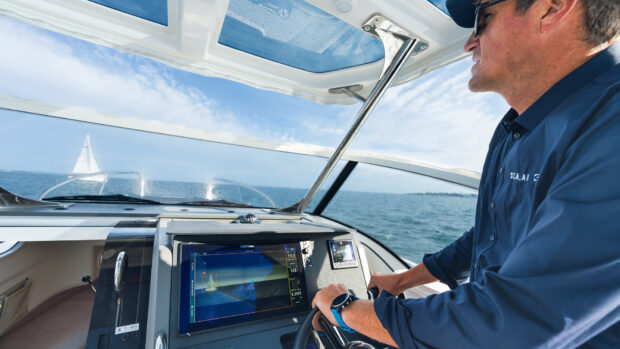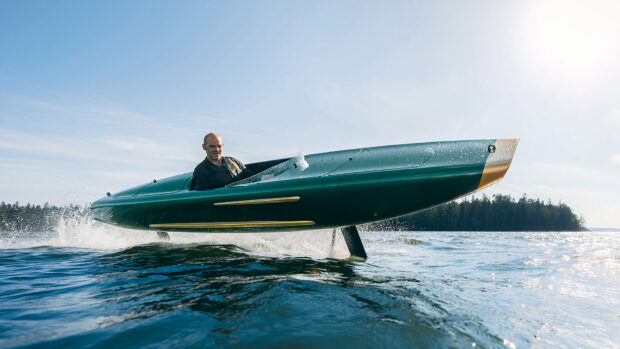MBY editor Hugo Andreae explains why antifouling your boat is so important and how to do it right
Why is it so expensive?
Partly because of the cost of the raw materials. Testing procedures aren’t cheap and finally every new antifouling product has to go through a long and costly type-approval process at the Health & Safety Executive.
Is it worth paying a premium for a well-known brand of paint?
The key active ingredients are unlikely to differ but the ratios, boosters and additives, which affect things like viscosity, flow rate, coverage and erosion will vary, as will after-sales support and advice.
Comparative tests can throw up different results, depending on where and how they were performed. Lesser-known brands can perform well, but big firms like International have multiple-testing sites (pictured below) where products are continually tweaked.
What about DIY brews that use copper granules, chilli powder and the like?
Technically, it is illegal to use any antifouling product that has not been approved by the Health & Safety Executive. However, in practice we have never heard of anyone being challenged on the matter. How well they work is another matter.
You can take it as read that chilli is a non-starter. Homebrews based on adding copper granules to conventional antifouling paints have a better chance of success and we know of several MBY readers who swear by them.
One owner recommends 250-micron copper granules mixed with International Trilux hard antifouling at a ratio of 1kg copper powder to 1-litre Trilux. It is essential to regularly mix the brew, as the copper will quickly slump out of suspension.
Bear in mind that not only is it technically illegal to make your own antifouling but that there is also a limit to the amount of copper allowed in antifoulings, which these brews may well be exceeding.
The manufacturers and copper-based coating suppliers we spoke to were sceptical, pointing out that it may adversely affect the coverage and adhesion of the base paint and questioning whether it was the added copper or the original antifouling doing the work.
How do I know what to use?
Most of the well-known brands of paint have product guides, websites or even helplines you can turn to for advice. It is important when overpainting another product to ensure the two are compatible.
Trying to second-guess which of the dozens of products out there will work best for your circumstances is almost impossible.
It makes more sense to concentrate on doing a really good job of applying it than worrying too much about the precise make or brand of paint.
If you prepare the surface properly, paint on enough coats at the recommended thickness with extra layers in the key areas, the chances are it will do a decent job.










